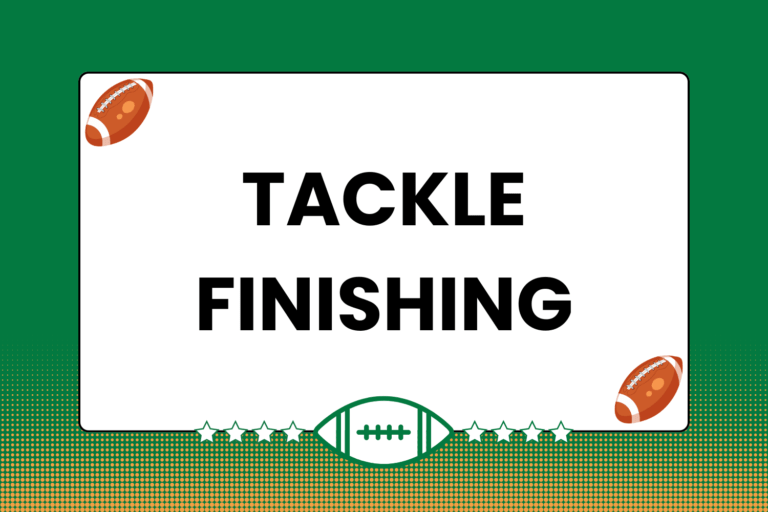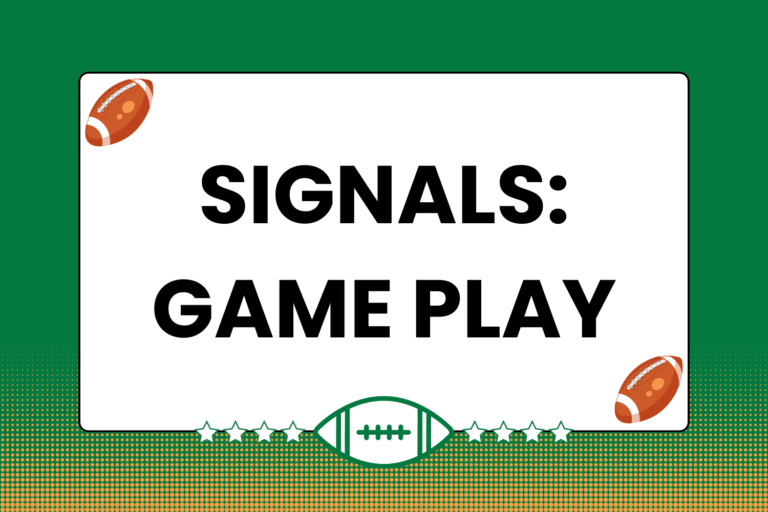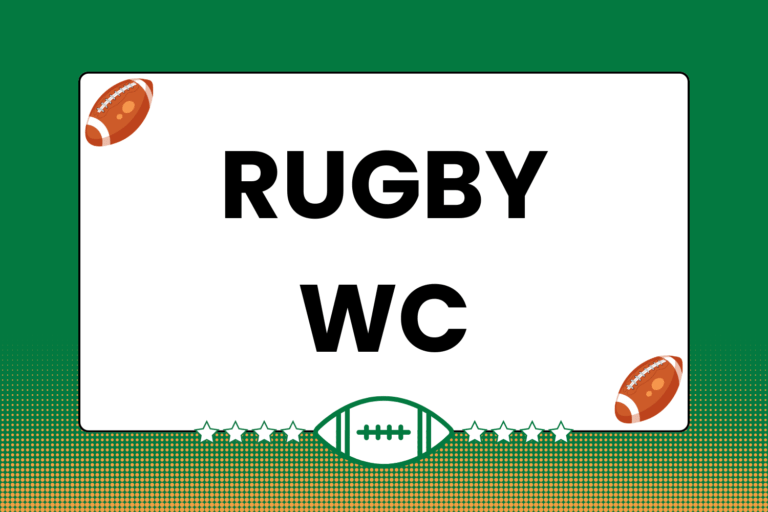Any rugby player, regardless of the position played, needs to be strong. While the game does require a certain amount of speed and agility, a player’s strength level has a dramatic impact on their overall success in the game. That doesn’t mean rugby players need to compete in Olympic weight lifting events, nor does it mean that every player should be as strong as every other. However, it does require that all players regularly participate in training exercises that will ensure strength is being increased.
Below is a list of calisthenics exercises designed specifically to increase the strength of major muscle groups. While there are hundreds of different exercises a rugger can use to improve, these exercises were chosen because, among other things, they can be done alone and with a limited amount of additional equipment (though dumbbells would come in handy).
Always work out at your own pace, don’t overexert yourself with too much weight or too many repetitions, and know your limits. Over-training to the point of injury leads to the same result as not training at all: you won’t be able to play.
The Warm-up
Before any sort of exercising commences, a brief warm-up period is crucial to ensure that a workout provides the maximum amount of positive effect and goes a long way toward preventing injuries while working out. A good warm-up should begin with a combination of light running (approximately 3-5 minutes of consistent jogging) and several different stretching exercises.
Key areas to stretch: Because there are a variety of stretching exercises for each group of muscles, this is a list of the areas to focus on, rather than a list of stretches. Remember … everyone is different, and some people will need to put more effort into stretching than others.
- The Legs: Calves, hamstrings, thighs, hips, glutes.
- The Arms: Forearms, biceps, triceps, deltoids, trapezoids.
- The Torso: Upper and lower back, abs, obliques.
While most people view calisthenics as another warm-up activity, they are an easy way to increase strength to various parts of the body without having any sort of weight lifting equipment handy. Again, start slow, with 2-3 sets of 10-20 reps, and increase the number of both sets and repetitions as you feel comfortable. Some examples of calisthenics are:
Sit-ups
Aside from doing something different, using a variety of sit-up styles also helps to ensure that all the different core and abdominal muscle groups get worked on. Here are some examples of sit-up variations.
- The Leg Crunch: The upper body starts and stays on the ground. The legs, either straight or bent at the knee, are raised up with the knees coming in to the chest. Hold momentarily, and then relax to the starting position.
- The Rower: The legs and upper body start off approximately six inches off the ground, with only the lower back remaining on the ground. The legs are bent at the knee and raised to the chest, while the upper body is curled forward and the arms reach out towards the feet, but stay parallel to the ground. The body reverses back to mostly straight but never touches the ground, then curls together in the same manner.
- The Boxer: Start in the normal sit-up position with the legs bent, feet flat on the ground, the upper body lying flat with the fingers of both hands interlocked behind the head and the arms bent at the elbows and touching the sides of the head. Roll the upper body up, stopping just before the elbows touch the knees, and then touch the elbow of one arm to the knee on the opposite side of the body (i.e. right elbow to left knee). Repeat this until each elbow touched the opposite knee between five to ten times, then uncurl the upper body. That is one repetition.
- Aim for the Sky: Start with the upper body flat on the ground, arms stretched out up the sides of the head as well, with the legs bent at the waist and pointed straight up. While trying to keep both the upper body and legs straight, curl the upper body towards the legs while reaching for the feet with the hands. Hold for a few moments then relax the upper body back to the ground, leaving the legs pointed straight up.
Push-ups
Just like different kinds of sit-ups work different core and abdominal muscles, various push-up formations will also help shift the workload to different chest, arm and back muscle groups. Here are some examples of different push-up exercises, all of which should be started in the normal push-up position (arms straight, body raided off the ground):
- Wide Press: A normal push-up with the hands spread farther apart than normal.
- Diamond Press: Bring the hands together, touching the forefingers and thumbs together (making a diamond shape). Locate the hands under the chest.
- Mini-series: A normal push-up with three mini push-ups in between each ‘down’ and ‘up’ stage. Each mini push-up should go from the ‘down’ position to no more than halfway back to the ‘up’.
- Back Bridge Push-up: Start by lying on the back with the legs bent at the knees and the feet close to, but not touching, the glutes. Bend the neck backwards until the top of the head rests on the ground, supporting the weight of the upper body. Rotate the arms until the hands are lying flat, palms down, on both sides of the head. Push up on the hands and feet, forming an arch with the body. Lower the body until the top of the head touches the ground, then push up again.
Leg Exercises
Lunges and squats, and all the variations therein, are great ways to build up leg strength and increase movement control (i.e. cutting and turning while at a run).
The Basic Lunge:Starting with the feet together and the hands on the hips, take a step forward. With the foot in front planted flat on the ground, slowly bend the rear leg until that knee almost touches the ground, keeping the hands on the hips and the upper body straight. Rise back up by pushing off of the foot in front, then step back so both feet are together. Repeat with the other foot.
- Lunge Walk: Just like a lunge, except instead of bringing the front foot back and standing in place, bring the rear foot up so the lunge ends with taking a step forward. Repeat as many times as the predetermined distance requires.
- Reverse Lunge: Start just like a normal lunge, except take a step backwards instead of forwards. The rear leg should bend at the knee approx 90 degrees (and should not touch the ground). The heel of the foot should be off the ground so that all pressure is on the ball of the foot. Rise back up to a standing position by pushing off the ball of the rear foot. Repeat with the other foot.
- Squat: Starting with the feet spread shoulder width apart, toes pointed straight ahead and hands on the hips, bend the knees and drop the hips while keeping the back/upper body straight until the leg bends approximately 90 degrees at the knee. Hold for a moment, then rise back up by contracting the glutes and pushing off the ground with the feet.
- Jump Squat: Start in the lower part of a normal squat, with the knees bent and the upper body straight but lowered, then push off with the feet hard enough to jump into the air. Land either standing upright or back in the lowered squat position.
- Phantom Chair: Find a flat, solid surface (like a wall or door) that’s strong enough to support your weight. Stand with the back flat against the surface looking out, then bend the knees to approximately 90 degrees while keeping the back flat against the wall. Hold for a predetermined amount of time.
A Few Words about Lifting Weights
Weight training is an excellent way to build strength in all areas of the body, and to increase muscle mass, definition and bone density. However, different fitness goals necessitate different weight-lifting routines, which is why the list of the hundreds of different lifting exercises that exist isn’t here. Consult a professional trainer, coach, doctor, or anyone with knowledge in the area of weight lifting to ensure that your routine not only won’t hurt you, but will also help you achieve your goals in the weight room.
Moving Forward
Again, these are just a few of the many different exercises that can be used to become and stay a competitive rugger. Consider these exercises a good starting point; they cover different body parts and muscle groups, so they certainly will work for creating a routine that will exercise your whole body, but once you’ve been training for a while, expand the types of exercises you use in your routine. The more and different exercises you include, the better the results.





